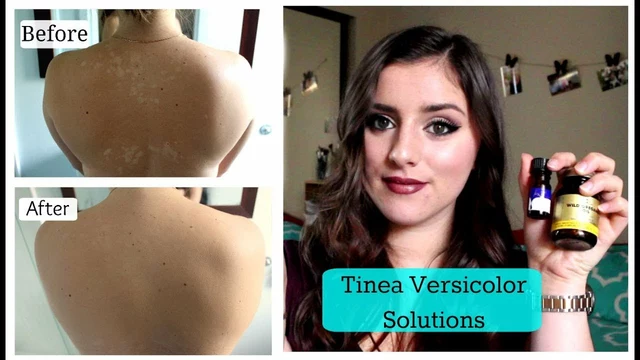Hypertension Treatment: What Works and How to Start
If you’ve been told your blood pressure is too high, the first thing to know is that treatment isn’t one‑size‑fits‑all. Some people feel better with a pill, others need diet changes, and many use both. Below you’ll find the most common approaches, easy steps you can take today, and answers to questions many patients ask.
Medication Options You’ll See
The easiest way doctors lower pressure is with medication. The most popular classes are ACE inhibitors, ARBs (like Losartan), beta‑blockers, calcium‑channel blockers, and diuretics. Each works a little differently: ACE inhibitors relax blood vessels, ARBs block a hormone that tightens them, beta‑blockers slow the heart, calcium‑channel blockers keep arteries wide, and diuretics help your body get rid of extra fluid.
If Losartan isn’t right for you, there are plenty of alternatives. Our "10 Alternatives to Losartan" article breaks down drugs such as Valsartan, Telmisartan, and even some older options like Captopril. The key is a conversation with your doctor about side effects, cost, and any other meds you take.
Remember: medication works best when you take it exactly as prescribed. Skipping doses can cause spikes that undo weeks of progress.
Lifestyle Changes That Boost Results
Medications help, but lifestyle tweaks make the biggest long‑term difference. Here are three simple habits:
- Cut sodium. Aim for less than 1,500 mg a day. Swap processed snacks for fresh fruit and veggies.
- Move a little each day. Even a 20‑minute walk can lower pressure by a few points.
- Watch weight. Losing just 5–10 % of body weight can drop systolic numbers dramatically.
Stress also plays a role. Try short breathing exercises or mindfulness apps; they’re free and fit into any schedule.
If you enjoy coffee, keep it moderate – about two cups a day is fine for most people, but check with your doctor if you have kidney issues.
Frequently Asked Questions
Do I need to keep taking meds forever? Often yes, because high blood pressure tends to come back when treatment stops. Some people can lower the dose after years of good control, but that decision belongs to your doctor.
Can supplements help? Certain items like potassium‑rich foods or magnesium may aid control, but they shouldn’t replace prescription drugs.
What about home monitoring? Buying a cuff for at‑home checks is cheap and gives you real‑time data. Track readings in the morning and evening, then share trends with your doctor.
Putting It All Together
The best hypertension plan mixes safe medication, everyday habits, and regular check‑ins. Start by reviewing the meds you’re on, ask about alternatives if side effects bother you, and add one lifestyle change this week – like swapping soda for water.
Stick with it, keep a log of your blood pressure, and talk to your healthcare provider whenever numbers jump or you feel off. With steady effort, most people bring their pressure into the healthy range and stay there.
Norvasc Uses, Dosage, Side Effects, and Important Facts for Blood Pressure Control
Norvasc is a widely prescribed medication for high blood pressure and chest pain (angina). This article breaks down how Norvasc works, who should use it, what side effects to expect, and tips for getting the most out of your treatment. You'll find specific advice, facts, and relatable stories to help make sense of this common medication. Learn about dosage, interactions, and what daily life on Norvasc might look like, so you can take control of your blood pressure with confidence.
About
Health and Medicine
Latest Posts


Ramipril (Altace) vs. Common Alternatives - Full Comparison
By Orion Kingsworth Oct 10, 2025

Raltegravir and Sleep: Understanding its Impact on Sleep Quality for HIV Patients
By Orion Kingsworth Feb 17, 2025

Tinea Versicolor in Athletes: Prevention and Treatment Strategies
By Orion Kingsworth Jun 2, 2023

